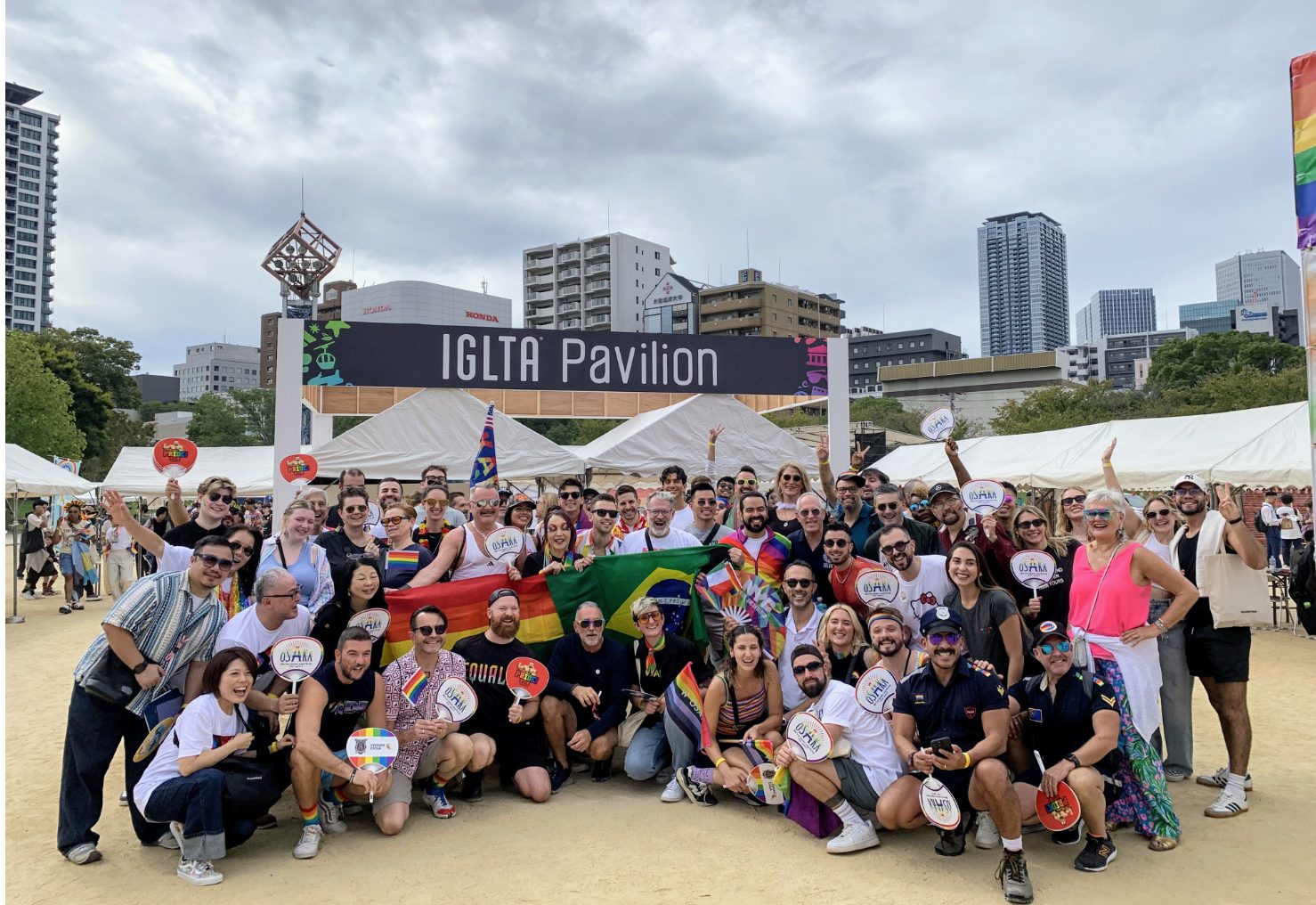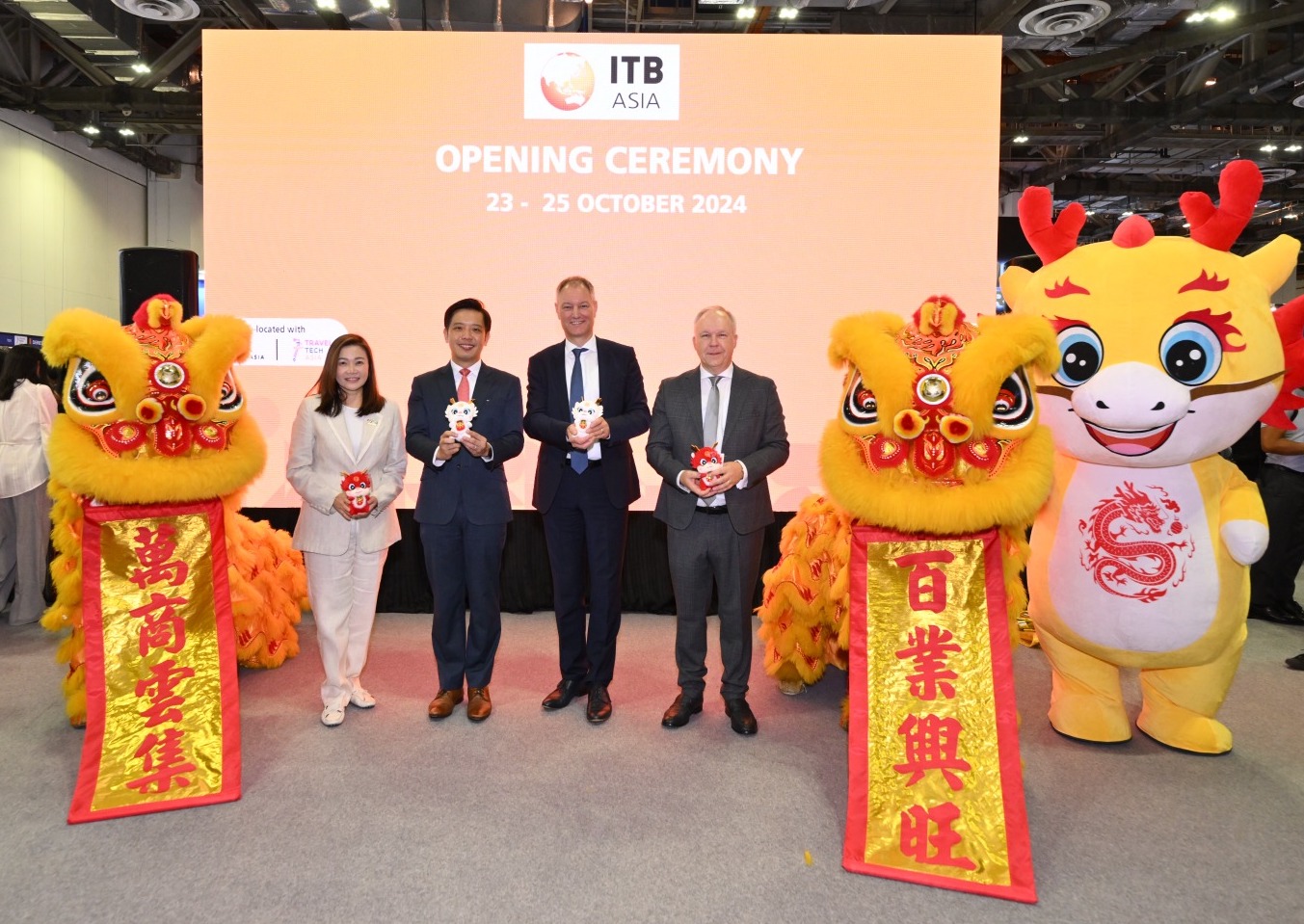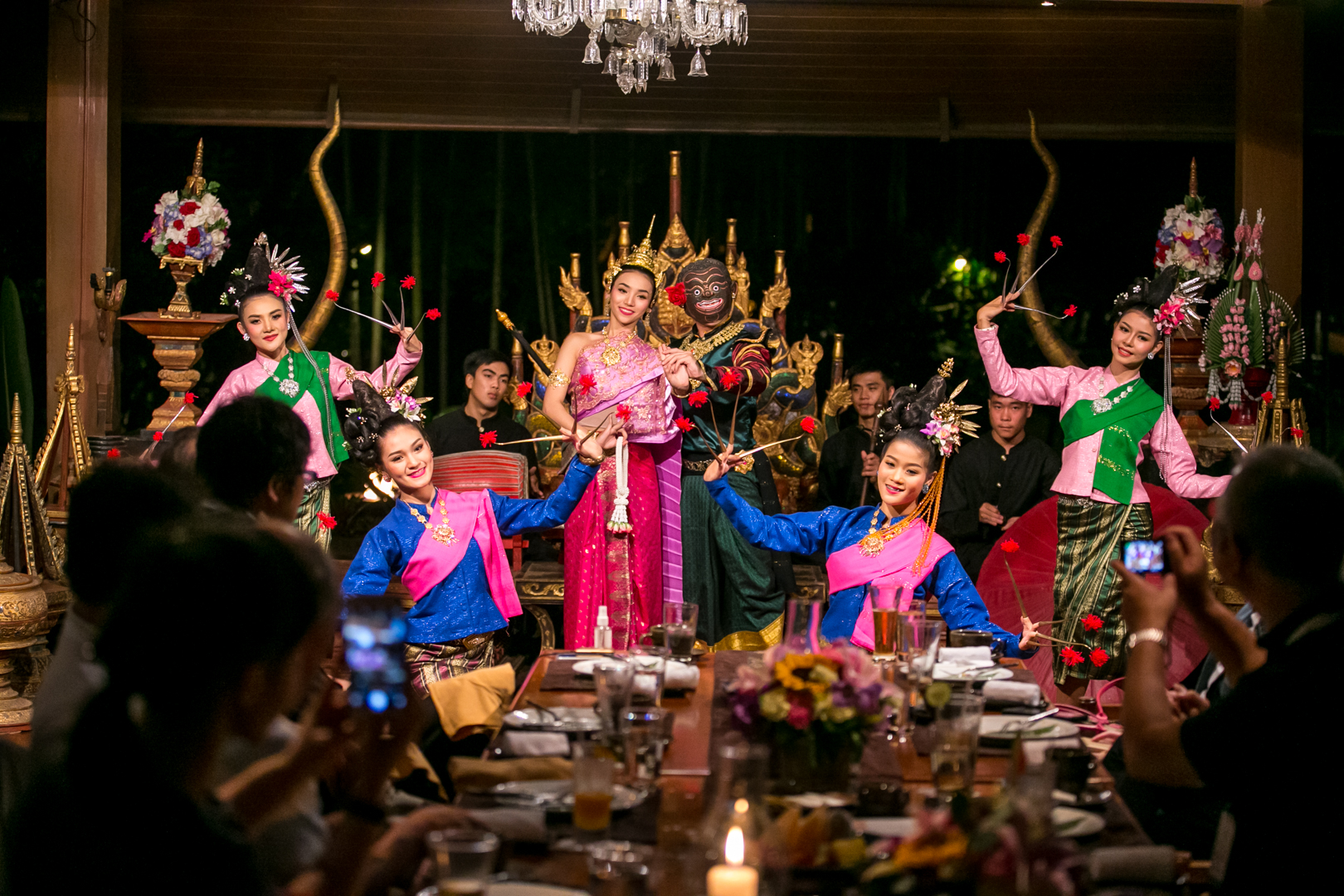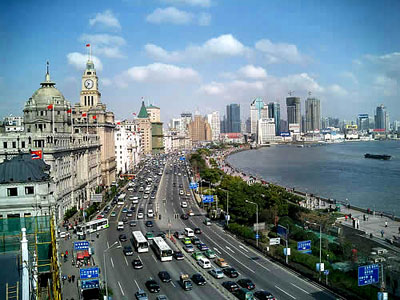
Sam Shei faces a dilemma each time one of his groups chooses to stay in Pudong – close to the skyscrapers of Shanghai’s banking and finance quarter. Invariably, they will gaze across the Huangpu River and towards the historic row of European-style architecture known as The Bund, and will want to go there.
It’s not simply a matter of packing them away with a guidebook and directing them towards the subway: the client company’s CEO also likes the look of The Bund. So much so that he wants to treat his top performers to dinner there.
“Problem is that it’s a group of 100-plus and they don’t want a banquet hall or ballroom – it has to be fine dining across a selection of restaurants,” says Shei, director at Showbiz Creation, which organises corporate events across China and Asia.
While Pudong’s modern architecture has helped reinvent Shanghai as an international city, The Bund remains a captivating sight for visiting conference groups. The challenge is that though restaurant entrepreneurs have created niche fine-dining establishments along Nanjing Road, a main artery on the city’s Puxi side, international delegates fly into Pudong airport to meet and do deals across the river from the Bund.
Shei’s solution is to select six restaurants along the Bund area and divide his delegations into groups. The CEO then visits the restaurants to spend time with as many of his team as he can meet.
Overcoming the logistics of boarding 100 delegates on buses from the Mandarin Oriental Pudong, and journeying through the tunnel across to the Bund with ease, is a balance Shei has to strike. He knows that delegates who meet in Pudong – including the CEO – will ask him if they can experience the Bund.
Heritage
“The Mandarin Oriental itself is beautiful, and the buildings around it are impressive, but culture has a strong pull and if you’re talking about heritage and history, there’s more of that on the Puxi side,” says Shei.
“The headache for us is when you organise groups to go over to the Bund in phases of four or five, especially at night,” he says. “Your support in areas along the way is important. The journey across should take half-an-hour or an hour with ample time to settle into the restaurants. But in peak times that will be a disaster for the schedule because of the traffic.”
Smaller, more creative events are being drawn across to the Bund, thanks to the character of the buildings and the growing trend among younger groups for chic, warehouse-style event space.
This is what Stephane de Montgros of Riviera Events is finding, much to his delight and that of his clients. Goose Island Brewery wanted an authentic, earthy setting for the launch of the Chicago beer brand into China, and de Montrgros says the Cool Docks area on the Bund side fitted the bill.
De Montgros is also excited about new luxury hotel brands making their way to Puxi, including Bulgari, due to open in 2017 in Jing’an district. Also in 2017 will be the China debut of Edition, a new Marriott brand emphasising individuality and creativity in event space as well as lodging.
Like others in the Shanghai events community, de Montgros is also anticipating Swire adding a Shanghai address to its House Collective range of hotels, which will be the fourth after House properties in Beijing, Chengdu and Hong Kong.
But it’s the post-industrial edge offered by the Cool Docks (La Ma Tou) complex of warehouse and industrial buildings that has seen new restaurants, design studios, galleries and the Waterhouse Hotel, that has been catching the eye of de Montgros and his Riviera team.
“We expect these smaller operations to provide great alternatives for medium-size and upscale events on the Puxi side,” he says. “We have been hosting lots of events at the Waterhouse Hotel in the Cool Docks these past few months. It remains our favourite in terms of providing a different style of event venue.”
Goose Island appropriately titled its launch into the China market as “Migration Week” with a giant’s goose neck and head seen from parts of Pudong and the Bund. Riviera created about 17 events for the brand, ranging from “ladies dinners” and a block party to a beer festival, but all required a venue with a post-industrial edge.
Hongqiao
If event organisers like the idea of more venues emerging on the Puxi side of Shanghai, then it’s also good news for the city’s authorities. Officials want to ease the pressure on east Shanghai brought about by the growth of Pudong by developing areas such as Changfeng and Hongqiao.
Hongqiao became home to the world’s largest event facility of its type with the opening of Shanghai National Exhibition and Convention Centre (NECC) in June 2015. The city’s fifth Intercontinental will be attached to the new centre, which in turn will form part of a Hongqiao New Area based around Shanghai’s “second” international airport and the city’s main railway station that connects to major cities in East China and into a network that stretches across the country.
Showbiz Creation’s Sam Shei says Hongqiao is one centrepoint of the “economic triangles” being pushed out by national leaders to connect major municipalities with secondary cities. In the case of Shanghai, Hongqiao will serve as a “transport hub” that connects to Ningbo, Hangzhou, Suzhou, Wuxi and other destinations in China’s east. Hongqiao airport’s domestic services will also be expanded as international routes are centred on Pudong.
A similar “triangle” role will be performed in southern China when a bridge connecting Hong Kong with Zhuhai and Macau is completed to form a Pearl River Delta economic region that includes Guangzhou and Shenzhen.
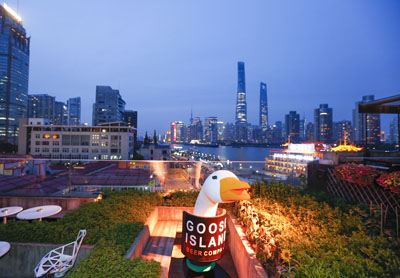
Shei says that for event and incentive planners, these triangles will enable groups to organise programmes across cities, such as a conference in Shanghai, followed by post-tours to the water towns of Suzhou and Wuxi.
“International attention will be drawn to Hongqiao because of this role of feeding into the rest of China and because of infrastructure such as the airport, high-speed rail and now the new convention and exhibition centre,” he says.
Riviera’s de Montgros also relishes the prospects for his French clients, among others; especially as the Sofitel Shanghai Hongqiao is expected to open in late 2016.
“What is happening in the Hongqiao area is particularly dynamic and we have our eyes on the
new openings there, which promise to be stunning with larger capacities to cater for bigger events,” says de Montgros.
Langham’s 396-guest room Cordis is expected to open in the first quarter of 2017 near the giant new convention venue, the rail station and airport in an area that is reminding some of the rejuvenation that transformed Shanghai’s Xintiandi area.
John O’Shea, Langham’s Cordis brand vice-president and managing director of Cordis Hongqiao, says the new Shanghai NECC will be eight times larger than the exhibition centre in Changfeng.
“The idea of the Hongqiao hub is to really connect all of China,” says O’Shea. “So there’s going to be a fast rail link from Hongqiao to Pudong airport and also from Hongqiao to Disneyland, so it’s really going to be the hub.
“A lot of corporates are now basing themselves out there. In the area where Cordis will be opening, Roche, Shell are going to be headquartered there and HSBC is opening up offices there too. A lot of corporates are moving out to Hongqiao just for the convenience of being able to get to places very quickly.”
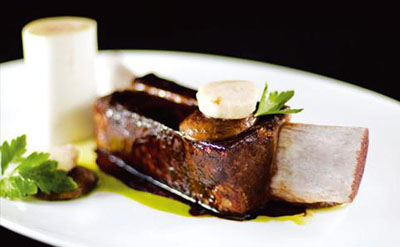
Bund appétit
The Bund has seen new fine-dining restaurants open in keeping with Shanghai’s rise as an international city. Here, Showbiz Creation’s Sam Shei shares his tips on some of the eateries that have impressed clients.
Mr & Mrs Bund
Cuisine: Modern French
Atmosphere: Relaxed without losing its
chicness with a non-stuffy, contemporary vibe
in a heritage building.
What’s more: Private dining area and views of Pudong and the Bund
Hakkasan Shanghai
Cuisine: Cantonese
Atmosphere: Sophisticated but without losing the authenticity that the cuisine and Michelin-starred chef Tong Chee Hwee, who devised the menu, are renowned for.
What’s more: Impressive views across to Pudong and five private dining rooms catering for groups of six or up to 200.
Whampoa Club
Cuisine: Modern Shanghainese
Atmosphere: Art-deco inspired furnishings; a large chandelier will captivate delegates as they are guided along a large entrance to the dining area.
What’s more: Five private dining rooms that can be combined into one large venue for 80.
From a Chinese Cookbook
Cuisine: Chinese fusion
Atmosphere: Located in the Cool Docks
complex along the southern reaches of the main Bund buildings with splendid views across the
Huangpu River.
What’s more: From the same company that operates Mr and Mrs Bund. Considered ideal
for business.
